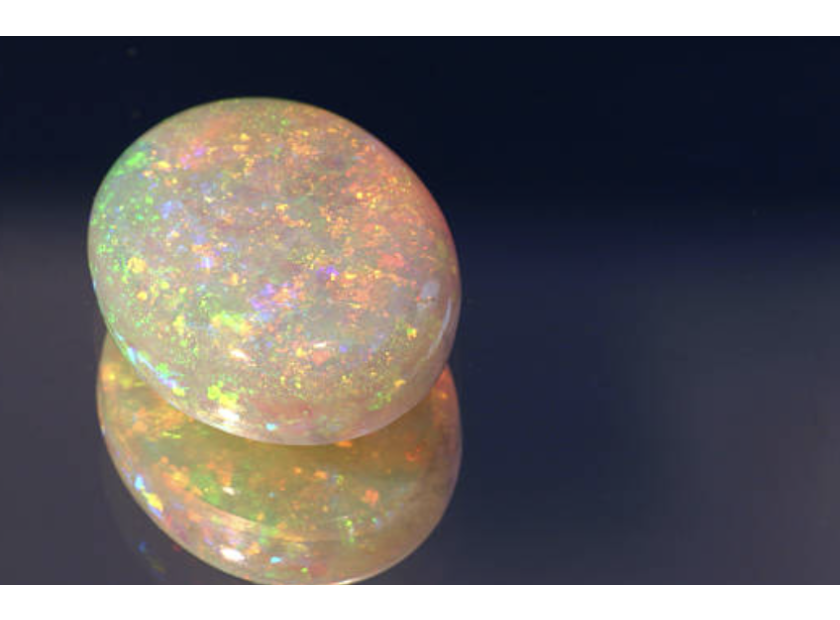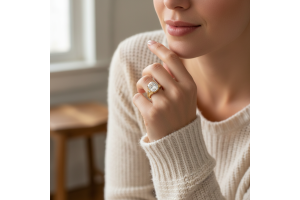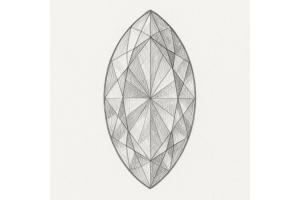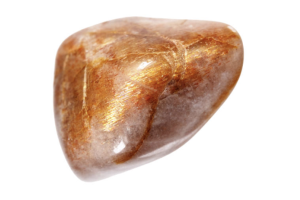USD
/
USD
/
Shipping to:
Currency:
How to Tell If an Opal Is Real – A Complete Guide for Buyers
Opals are some of the most mesmerizing gemstones, known for their signature play-of-color that can captivate any jewelry lover.
But with their popularity comes the risk of counterfeits. Telling the difference between a real opal and a fake one isn't always easy—but it is possible when you know what to look for.
Whether you're a collector, a curious buyer, or choosing a gift, understanding how to identify a real opal can help you make a smart and informed purchase.
Understanding Opals
Opals are hydrated, amorphous forms of silica that contain water molecules within their structure.
This unique makeup is what creates the incredible play-of-color that makes opals so desirable. When light enters the gem, it bends and diffracts through its silica layers, resulting in the vibrant flashes of color that seem to move across the stone.
Types of Opals
Natural Opals
Formed in nature over millions of years, natural opals are mined from the earth and display one-of-a-kind color patterns and structures.
Synthetic Opals
Synthetic opals are created in labs using a process that mimics natural formation. These stones often have a similar chemical composition but can sometimes be identified by their too-perfect or repeating color patterns.
Imitation Opals
Imitation opals are made from resin, glass, or plastic and are designed to resemble opals without having any of their chemical or structural properties.
Visual Characteristics of Real Opals
Play-of-Color
The shifting rainbow effect—called play-of-color—is the most iconic feature of a genuine opal. The colors will move and change with light and angle, not just look painted on or static.
Pattern and Clarity
Real opals have natural, irregular color patterns. If you notice a perfectly uniform pattern—especially one that looks like snake skin or chicken wire—it could be synthetic.
Body Tone
The base color of an opal (its body tone) can range from dark black to bright white. Black opals, with their dark background, often show more vibrant color play.
Physical Tests for Authenticity
Hardness Test
Opals have a Mohs hardness rating of 5.5–6.5. They’re not as hard as diamonds, but they also shouldn't be scratched easily by softer materials.
Temperature Sensitivity
Real opals are sensitive to rapid temperature changes because of their water content. Glass or resin fakes may not react at all to heat or cold.
Weight and Density
Natural opals feel heavier than plastic imitations but lighter than glass ones. Picking one up might give you a clue, though this test alone isn’t definitive.
Professional Assessment
When in doubt, seek the opinion of a certified gemologist. They can use specialized tools and techniques—like spectroscopy and density tests—to verify whether your opal is the real deal.
If you're comparing different types of stones, check out this guide to lab-grown diamonds vs gemstones.
Common Myths About Opals
All Opals Are Expensive
While some opals can fetch high prices, others—like common white opals—are far more affordable. Don't rely on price alone to judge authenticity.
Perfect Patterns Are a Good Sign
Actually, too-perfect patterns are often a sign of synthetic origin. Real opals are wonderfully irregular.
Tips for Buying Opals
Buy from Reputable Sellers
Whether you're browsing online or in person, it pays to shop from trusted sources. To view elegant, handcrafted options, check out gemstone rings.
Ask for Certification
Always request a certificate of authenticity, especially for high-value pieces.
Be Wary of Deals That Seem Too Good to Be True
If it looks too perfect, it probably is. Be especially cautious with very low prices or vague product details. For a wider variety of ethically sourced stones, browse gemstone engagement rings.
Frequently Asked Questions
Can opals change color over time?
Real opals can become dull if they dry out. Keep them stored in a cool, moist environment and avoid heat or direct sunlight for long periods.
Are doublets and triplets real opals?
Doublets and triplets are layered stones that include a thin slice of real opal. They’re still genuine opals, but not solid, and are less valuable than a single, whole stone.
Is it safe to wear opal jewelry every day?
Opals are a bit softer than diamonds or sapphires, so they’re better suited for occasional wear. Consider a more durable gem for everyday rings. For creative, less conventional styles, check out non-traditional engagement rings.
How do I clean my opal jewelry?
Use a soft cloth and lukewarm water. Avoid harsh chemicals and ultrasonic cleaners that could damage the gem.
Do opals glow under UV light?
Some opals do fluoresce under UV light, but not all—and it’s not a reliable test for authenticity since some synthetics glow too.








